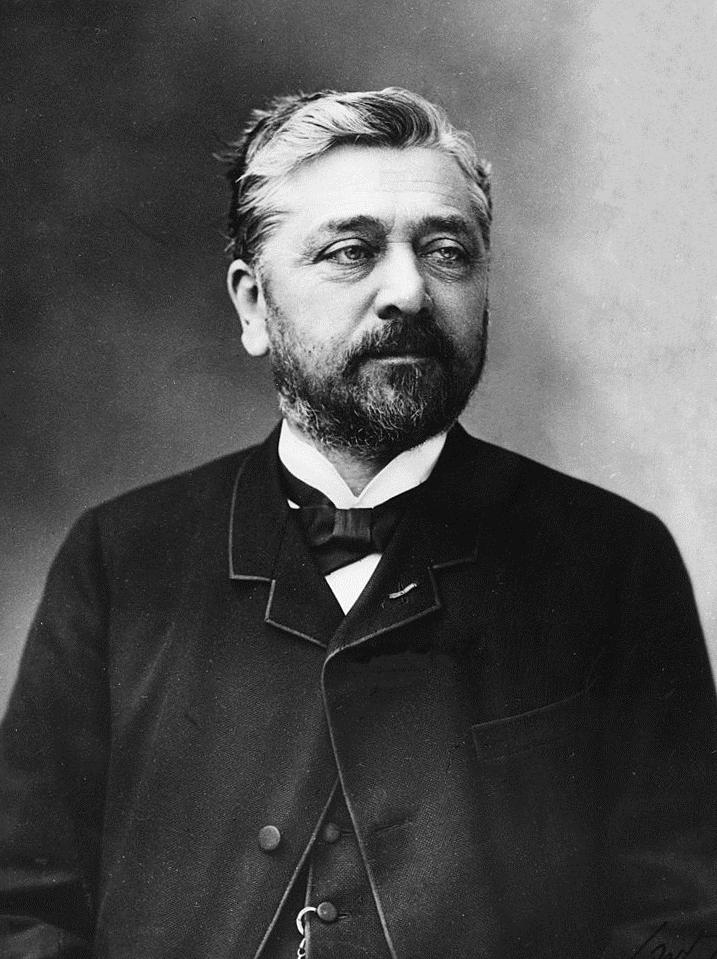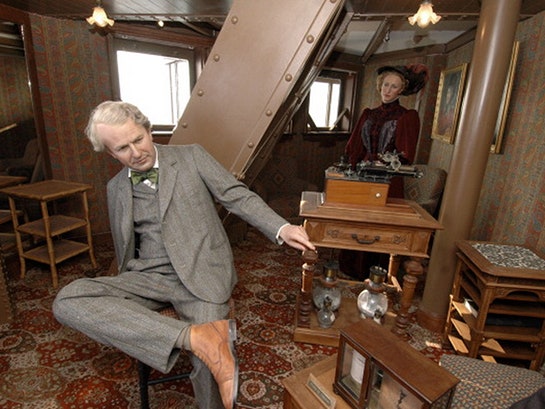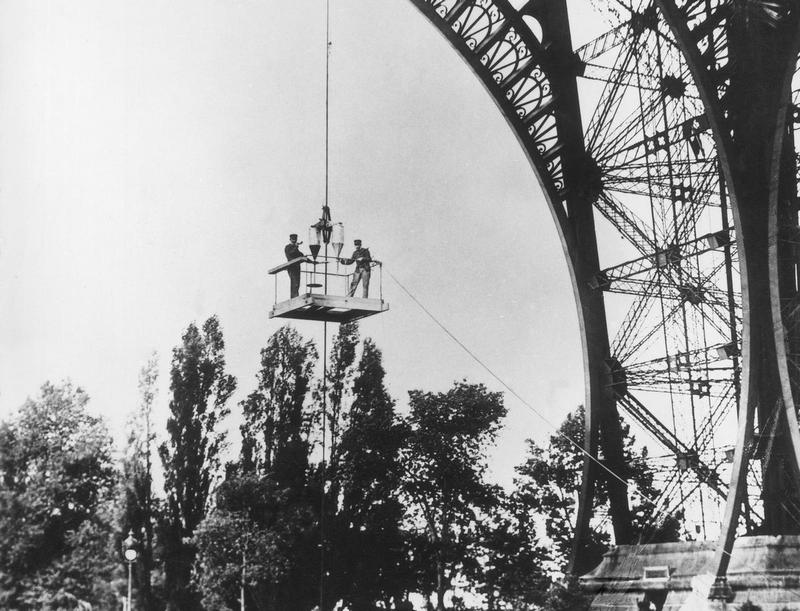Who was Gustave Eiffel?

Why did he build the tower?
Gustave Eiffel always showed interest for engineering from an early age. He graduated from the prestigious College of Art and Manufacturing in Paris, and from there he worked on hundred of different metal structures all around the world. Railway bridges were his favorite kind of work. But he was also known for his work on metal structures and industrial installations.
Previous to building the Eiffel Tower, he had several achievements on this résume: the Porto viaduct over the river Douro in 1876, the Garabit viaduct in 1884, Pest railway station in Hungary, the dome of the Nice observatory, and the ingenious structure of the Statue of Liberty in New York.
Years prior to the Eiffel Tower, he had already filed a patent for metal structures that could go over 300 metres. The highlight of his career was in 1889 with the Eiffel Tower. This date marks the end of his career as an entrepreneur.
The apartment in the Eiffel Tower
When Gustave Eiffel designed the Eiffel Tower, he included a space for his own private apartment. Where he spent a lot of time conducting his scientific experiments, weather and astronomical observations. At the time, many coveted the chance to go up and spend some time in Eiffel’s private quarters, but few selected were able to enjoy his company up on the 3rd floor of the Eiffel Tower. Many even offered sums of money to be able to visit Eiffel’s private office, but he always refused.
Today it’s open to the public with staged scenes of Eiffel and Thomas Edison deep in conversation, and historical instruments and artifacts from that time period.


The Scientific Experiments
Gustave Eiffel had also shown interest in science from college, since he also obtained a chemistry specialization. He transferred this passion to the design, engineering and function of what we know today as the Eiffel Tower. As soon as it was inaugurated, Eiffel wanted to prove the many uses the Tower could have aside from being a main tourist attraction. Eiffel conducted many scientific experiments that went from meteorological to physical, going through aerodynamics and air resistance. He even tried physiological studies, but the test results were too inconclusive. However, it wasn’t until he made the Tower into a giant antenna that he found its true purpose. Soon after wireless telegraph transmission was developed and achieved in the 19th century the military took interest in this technology. The Tower was ideal for this since the higher the antenna, the better the transmission and the greater distance, and so the Tower gained unique relevance for science, and it hasn’t been questioned since.
